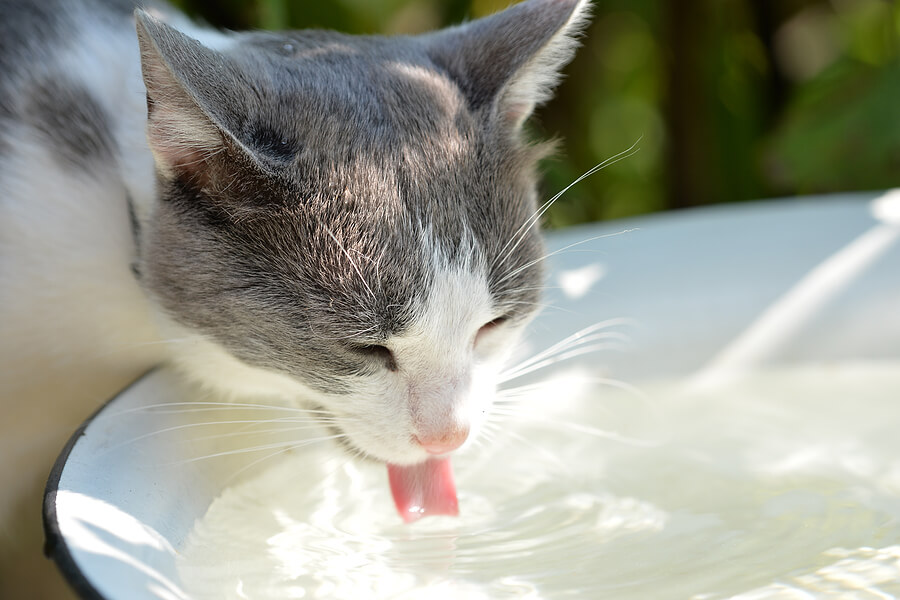animal hospital in lahore, animal hospital lahore, Best Pet clinic in Faisal town
Heat Stroke in Animals and Its Prevention
As the summer approaches, it’s expected that just like you, your pet may be feeling hotter than usual. The days will be longer, with animals spending more time in higher temperatures.
In such harsh and hot weather, your pet can be prone to experiencing ‘heat stroke’. Heat stroke is a form of hypothermia. When this happens, the temperature of the body can go around 40 degrees or higher than the normal range.
So, pets like dogs that are enthusiastic to go for walks even during peak summer months, could get heat stroke. Heat stroke could occur even during mildly hot weather, because some animals are just more sensitive to heat. While some are able to withstand high temperatures, all animals – from reptiles to mammals – can be exposed to it.
Signs of Heatstroke
Signs for heatstroke in cats and dogs are very similar. If you’re worried your pet is experiencing or might experience a heatstroke, here are the signs to look for:
- Dizziness/weakness/lethargy
- Limited or no urine
- Vomiting/nausea
- Dark red or pale gums
- Drooling/excessive saliva
- Bright red tongue
- Anxiety/discomfort
- Very dry nose/ nosebleeds
- Fainting
- Seizures or muscle tremors
Causes of Heatstroke
It is quite self-explanatory that a humid environment that has inadequate ventilation is the main cause for a stroke. This environment could be the overall weather of your area or an enclosed space like a room or car.
The animal could also have been under direct sun for a prolonged time where there isn’t enough shade to cool their body.
Other reasons could be that the animal has inadequate water intake, which makes it dehydrated. It could also be that the pet has done excessive exercise which uses up more energy in their body than it can generate. This could lead to your pupper feeling exhausted!
Which animals are more prone to a heat stroke?
c
Animals which have the following characteristics could be more likely to have a stroke:
- Age extremes – is it a senior or an infant?
- Weight – could the animal be obese or even anorexic?
- Diseases – does it have any respiratory, neurological or cardiovascular problems?
- Physical features – does it have longer hair and thicker skin which makes them feel hotter?
- Distinct Anatomy – what kind of body shape does it have?
Prevention
This form of heat injury is the most dangerous one, but is easily preventable and detectable. Preventions include taking care of external factors like water supply and ventilation and detecting internal factors like how your pet is behaving.
On hot days pet owners could…
- Let the pet rest
- Replenish the water bowl with plenty of cool water (some pets might not eat as frequently during the summer but this is normal when they aren’t doing much physical activity.)
- Avoid outdoor physical activities like going for walks; go for indoor playtime
- Give the pet a well ventilated and cool living space; try installing fans or coolers if possible
- Avoid hot surfaces like concrete, sand, glass etc.
- Even if pets are outdoors, give them access to plenty of shade
- Beware of the signs of heat stroke (given above)
If you suspect the pet is having a stroke in your presence, give them first-aid by…
- Take the pet from the hot area to a cool one immediately
- Try splashing cool water around the area
- Floors and tiles are cooler than carpets and concrete, so place the pet there
- Mildly wet the skin, head and fur of your pet for a cooling effect – don’t pour water suddenly as this could disorient them
- Strictly avoid ice packs and ice-cold water as this could possibly worsen the stroke
- Contact your local vet right away
(Related: Heat stroke is only one medical emergency that requires first aid. Get to know about other situations in which you can efficiently save your pet here.)
How will vets help with heat strokes in your pet?
It is important to note that heat stroke is categorized as a medical emergency that requires immediate attention. Even when pets seem to be fine or recovering, it is best to get them examined by the vet to be on the safe side.
Vets can take care of heat strokes in a number of ways depending on the complexity of the situation.
Common treatments are:
- Cooling treatments
- Putting the pet on drips for fluids
- Giving appropriate medication
- Oxygen supplementation
- Blood testing
- Continuous monitoring
Contact our own vets at Pets World Clinic to get more information on heat stroke treatment and other clinical services.

